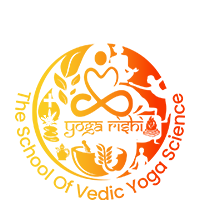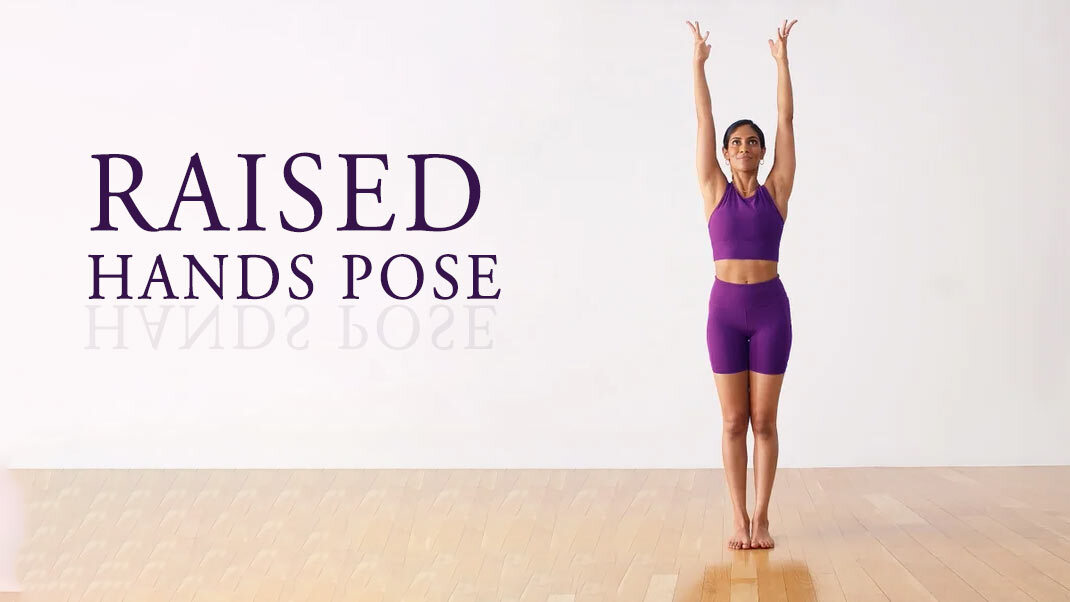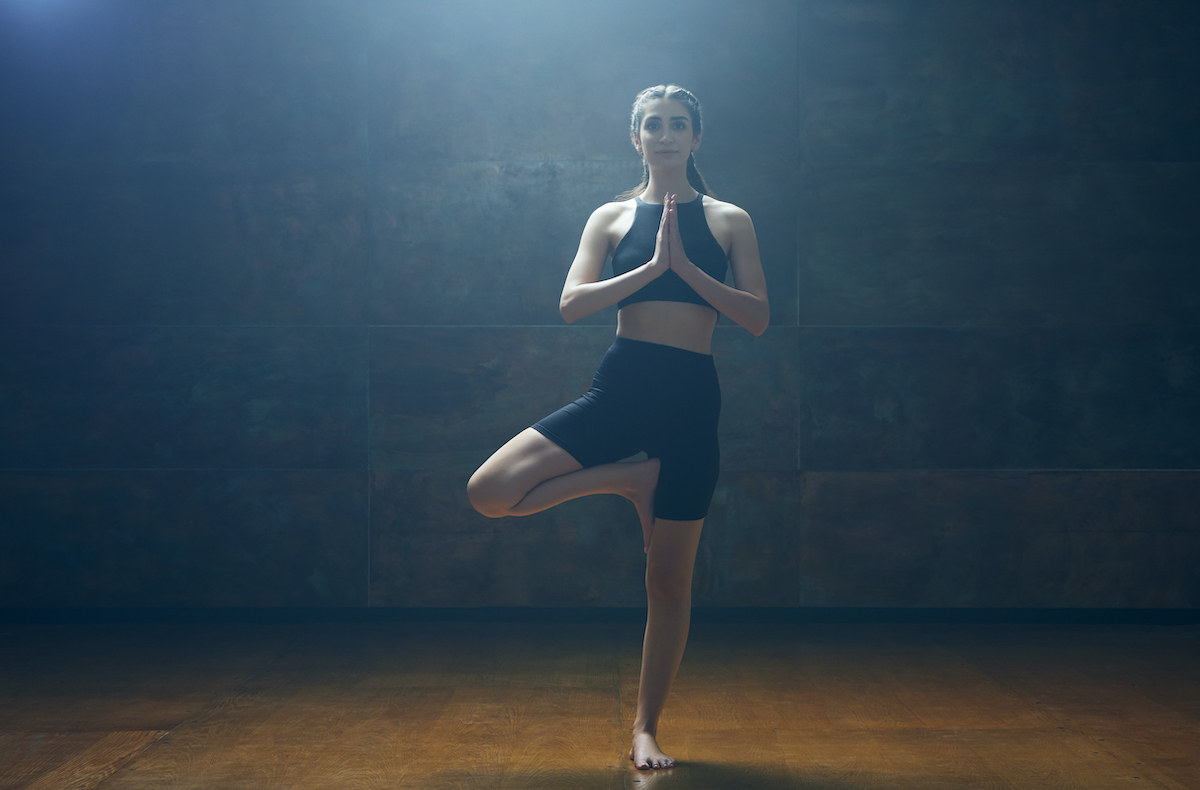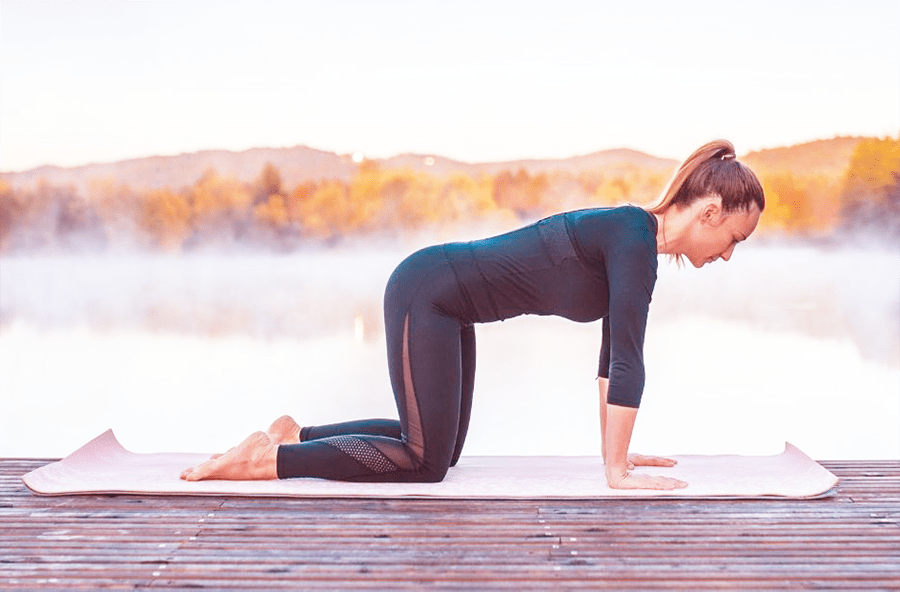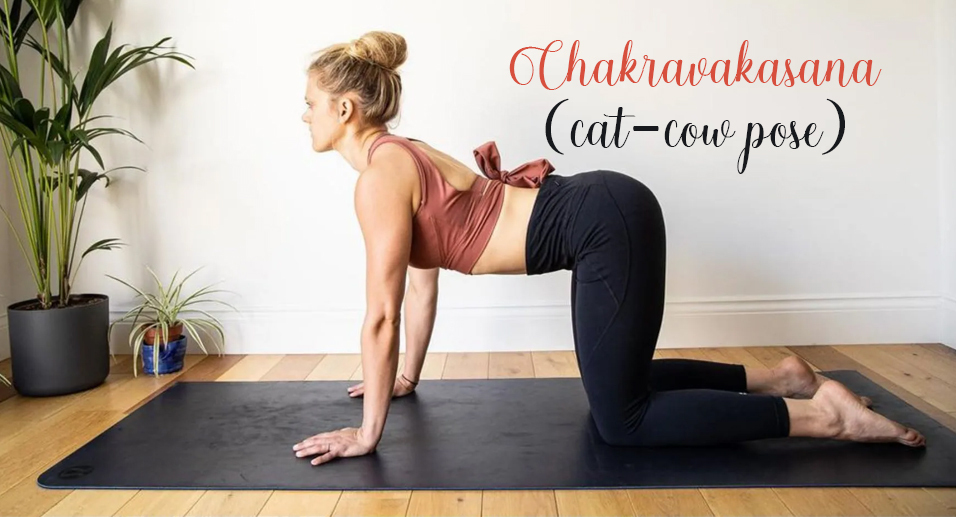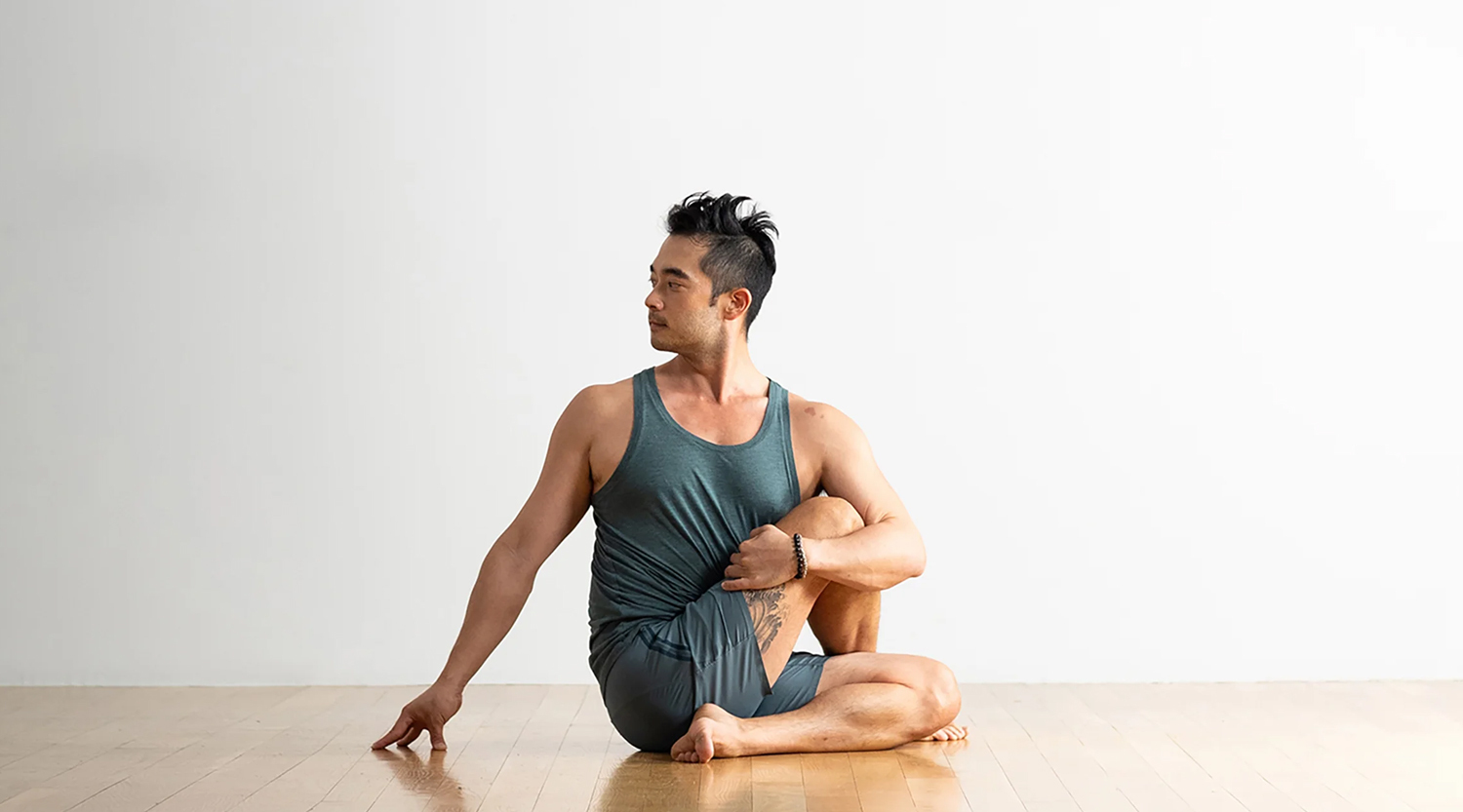
Ardha Matsyasana for Beginners: Guide to Build Strong Foundation in the Half Fish Pose
Let us Know Briefly about Ardha Matsyasana:
Yoga asana Ardha Matsyasana, also called the Half Fish Pose, aims to expand and extend the chest as well as shoulders. A different name for it is “Ardha Matsyendrasana,” which is composed of the terms “Ardha,” which translates to “Half,” “Matsya,” which translates to “Fish,” and “Indra,” which translates to “Ruler.” The individual takes a fish-like posture while doing it.
When performing this seated spinal twisting pose, you need to sit on the flat surface with one leg crossed over the other. As you twist your upper body to one side, hold onto the outside of the knee or foot of the crossed leg. Usually, you put the second arm behind back to help with the twist. This pose is fantastic for increasing the flexibility of the spine, promoting digestion, and cleansing the internal organs.
It offers a variety of energy and physical advantages while also encouraging rest and balance. It was given its name in honour of the yogi Matsyendra.
Steps to Do Ardha Matsyasana or Ardha Matsyendrasana:
Here are the steps for how to do Ardha Matsyendrasana:
- Sit down on the flat surface with your legs out in front of you to start. Maintain an erect spine and shoulders that are at ease.
- Put your legs in a straightforward cross-legged stance with one ankle across the thigh of the other.
- To stretch your spine, breathe and elevate your chest just a little bit.
- When your upper leg is crossed, slowly exhale and turn your body to that side.
- Put your right hand on the ground behind your back for assistance.
- Take a deep breath in as you softly arch your torso and raise your left arm above your head. While keeping a relaxed stretch down your left side, move to the right.
- With your neck stretched comfortably, turn your head to look at the left hand. Avoid putting undue tension on your neck.
- As you maintain the stance, continue to take slow, deep breaths while sensing the widening of your shoulders and the enlargement of your chest.
- Hold the position for between twenty and thirty seconds, or as long seems comfortable.
- Move your left arm to your side and your head back to the centre to gradually relax the posture. Your torso’s twist should be released.
- Change how your legs are crossed by uncrossing them. Now cross the left ankle across the right thigh if you first crossed the right ankle across the left thigh.
Different Variants:
The Ardha Matsyendrasana has a number of adaptations and variants to accommodate varied degrees of flexibility and person demands. Some of them are as follows:
- Modified Ardha Matsyendrasana is a good option for people with restricted mobility since it elevates your torso just enough to make the twist more manageable. You may also utilise a support like a yoga block beneath the hand that is behind you.
- Another simplified variation of the stance that has you sitting comfortably cross-legged. With one hand lying behind you and the other positioned on your opposite leg or knee, you rotate your body.
- The difficult Ardha Matsyendrasana stance, which intensifies the twist and widens the chest even further, is an option for experts.
- Chair Ardha Matsyendrasana involves sitting on a chair with both feet flat on the floor. Turn your back to one side and lean on the chair’s backrest for assistance. This variant is appropriate for people with mobility concerns.
Precautions to be Taken:
To avoid accidents and muscular strain during Ardha Matsyendrasana, one must be aware of safety procedures. Observe the following advice:
- Never try to strike the stance by yourself. Find a seasoned yoga practitioner to teach you how to do Ardha Matsyendrasana.
- Don’t rush through this pose and don’t set yourself up for failure, especially if you’re just starting out with yoga.
- The requirement to perform it on an empty stomach or a minimum of four hours following a meal is one of the most crucial considerations.
Benefits:
There are several energetic, mental, and physical advantages of the half-fish pose. Some of the main benefits of Ardha Matsyendrasana are as follows:
- From the bottom of the spine through the neck, it helps to increase the mobility of the entire spine.
- The twist promotes the digestive system and eases gastrointestinal pain by stimulating the abdominal organs. Constipation and bloating may be relieved by it.
- It encourages improved circulation and supports the body’s cleansing process.
- Stretching and moving the muscles around the spine might help reduce mild to severe back discomfort.
- The twist widens the chest, which might increase lung capacity and enhance breathing efficiency.
- The posture promotes the supply of blood to the torso’s muscles and organs, which improves circulation in general.
- The asana can soothe the neurological system, which lowers tension and anxiety.
- The twist influences the spine’s nerves, which supports the nervous system’s smooth operation.
- This position increases hip flexibility and mobility by requiring the hips to rotate.
- A light opening in the chest & shoulder area minimises the negative consequences of bending over or prolonged sitting.
Who should Avoid this Pose?
Even while benefits of Ardha Matsyendrasana are for individuals of all ages, is considered to be good yoga for beginners, and gives various health advantages, certain types of people ought to refrain from it or approach it cautiously:
- People who have undergone spinal surgery or who have herniated discs, spinal fractures, or both.
- If you recently underwent hip, spine, or stomach surgery.
- Pregnant ladies, especially those who are already advanced in their pregnancies.
- If you struggle with either high or low bp.
- If you previously had vertigo or light-headedness.
- Those who frequently have headaches or migraines.
- If you suffer from inflammatory issues or severe digestive ailments.
- If you’ve had hip or knee injuries recently or frequently.
Conclusion:
Commence with a simpler variation of Ardha Matsyasana if you are going for yoga for beginners. You may progressively increase the twist as you get more comfortable with the stance. It’s crucial to pay attention to how you feel and avoid forcing a position if it makes you uneasy. Before performing this yoga posture, please talk to your doctor if you are experiencing any health issues.

